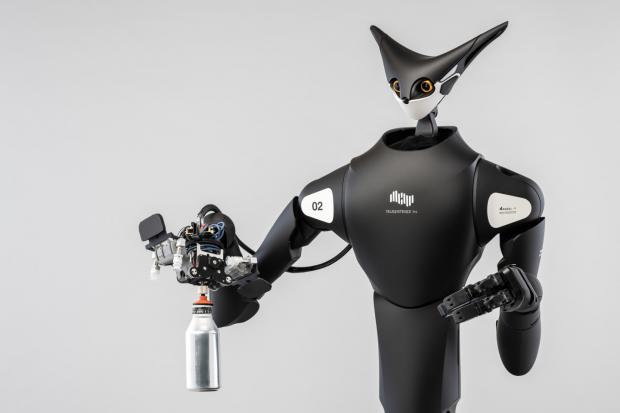
Breaking News
 Catching Up with Candace – Her Meeting with Erika Kirk and Interview with Military Whistleblower
Catching Up with Candace – Her Meeting with Erika Kirk and Interview with Military Whistleblower
 Brown University Shooter Found Dead, May Be Linked to Murdered MIT Professor
Brown University Shooter Found Dead, May Be Linked to Murdered MIT Professor
 The last time a president installed a "shadow Fed chair," inflation hit 12%.
The last time a president installed a "shadow Fed chair," inflation hit 12%.
 FULL SPEECH: Tucker on the America First Movement & New "Deplatforming" Agenda
FULL SPEECH: Tucker on the America First Movement & New "Deplatforming" Agenda
Top Tech News
 This tiny dev board is packed with features for ambitious makers
This tiny dev board is packed with features for ambitious makers
 Scientists Discover Gel to Regrow Tooth Enamel
Scientists Discover Gel to Regrow Tooth Enamel
 Vitamin C and Dandelion Root Killing Cancer Cells -- as Former CDC Director Calls for COVID-19...
Vitamin C and Dandelion Root Killing Cancer Cells -- as Former CDC Director Calls for COVID-19...
 Galactic Brain: US firm plans space-based data centers, power grid to challenge China
Galactic Brain: US firm plans space-based data centers, power grid to challenge China
 A microbial cleanup for glyphosate just earned a patent. Here's why that matters
A microbial cleanup for glyphosate just earned a patent. Here's why that matters
 Japan Breaks Internet Speed Record with 5 Million Times Faster Data Transfer
Japan Breaks Internet Speed Record with 5 Million Times Faster Data Transfer
 Advanced Propulsion Resources Part 1 of 2
Advanced Propulsion Resources Part 1 of 2
 PulsarFusion a forward-thinking UK aerospace company, is pushing the boundaries of space travel...
PulsarFusion a forward-thinking UK aerospace company, is pushing the boundaries of space travel...
 Dinky little laser box throws big-screen entertainment from inches away
Dinky little laser box throws big-screen entertainment from inches away
 'World's first' sodium-ion flashlight shines bright even at -40 ºF
'World's first' sodium-ion flashlight shines bright even at -40 ºF
VR-controlled robot shelf-stacker starts shift in Japanese stores

Now they're getting a bit more hands-on thanks to Japanese company Telexistence, which has begun trials in convenience stores of a robot shelf-stacker that can be controlled by a human via VR.
The Model T (yes, it's named after the classic Ford car) looks like the most mundane Gundam ever. It's basically a robot torso mounted to a waist-high platform, restocking shelves in a store with its two articulating arms and complex hands.
But it doesn't need to be particularly artificially intelligent to do this. The Model T is directly controlled by a human using a stock-standard VR setup from anywhere in the world that has an internet connection.
The robot's joints have 22 degrees of freedom, giving it a pretty wide range of movement without requiring much more space than a human would need. Telexistence also says the video connection between the robot and the human operator has a latency of 50 milliseconds, so it should be smooth-controlling.
That said, in the video it does look like pretty slow going, with the robot timidly restocking bottles of drinks at a pace that would get a regular human worker called to the manager's office. Still, maybe the human operator was unfamiliar with the tech and was just being a bit overly cautious.
It's a little hard to see what advantages the robot has over a human employee, but Telexistence says that it could allow staff to work from home – crucial in our current age of social distancing – and recruit workers from basically anywhere.



